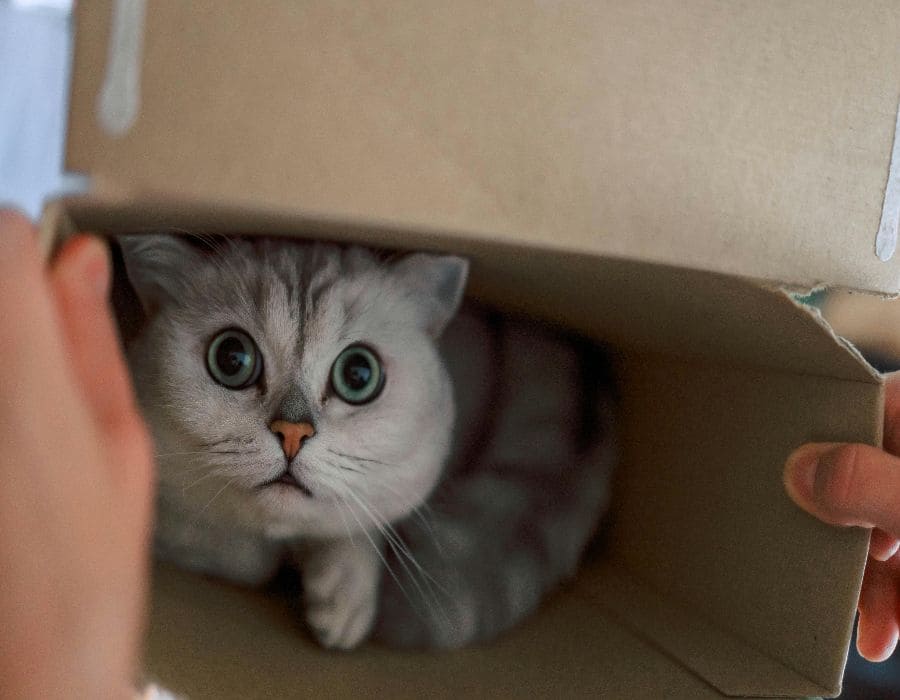10 Ways To Help A Cat Adjust After Emotional Trauma
Traumatized cats don’t cry or whimper—they hide, hiss, or simply shut down. You might find them under the bed for days or flinching at every movement. Emotional wounds in cats are subtle but deep, and helping them heal means learning to read the quiet signs and meeting them where they are.
Whether your cat has survived neglect, abandonment, or a sudden loss, they need more than just food and a litter box. With the right mix of structure, creativity, and emotional intelligence, you can guide your cat from fear to trust—and maybe even back to joy.
Turn a cardboard box into a retreat cave

Instead of just giving them a spare room, offer a low, enclosed cardboard box lined with worn clothing that smells like you. Cats crave tight, hidden spaces when stressed—and your scent can become their comfort blanket.
Stick to one room for the first week

Resist the urge to let them explore the whole house. One calm, predictable room—complete with litter, food, and water—gives them a controlled zone to adjust without sensory overload or territorial confusion.
Talk in a sing-song voice (yes, really)

Cats respond better to melodic, soft tones than monotone or whispering. Even if they’re hiding, narrate your actions in a gentle rhythm. Over time, they’ll learn your voice means safety, not threat.
Feed treats by hand—without eye contact
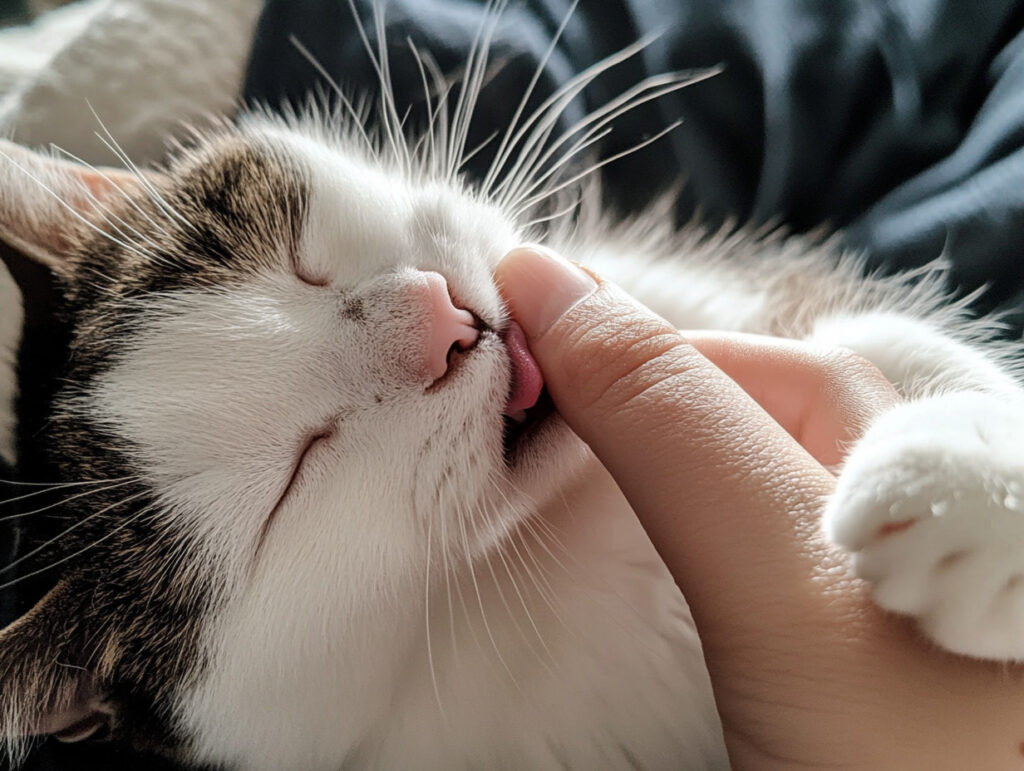
Sit near them and gently roll treats their way without reaching in or staring. Direct eye contact can feel threatening. Let them sniff, eat, and observe you on their own terms to build early trust.
Use interactive play to mimic prey drive
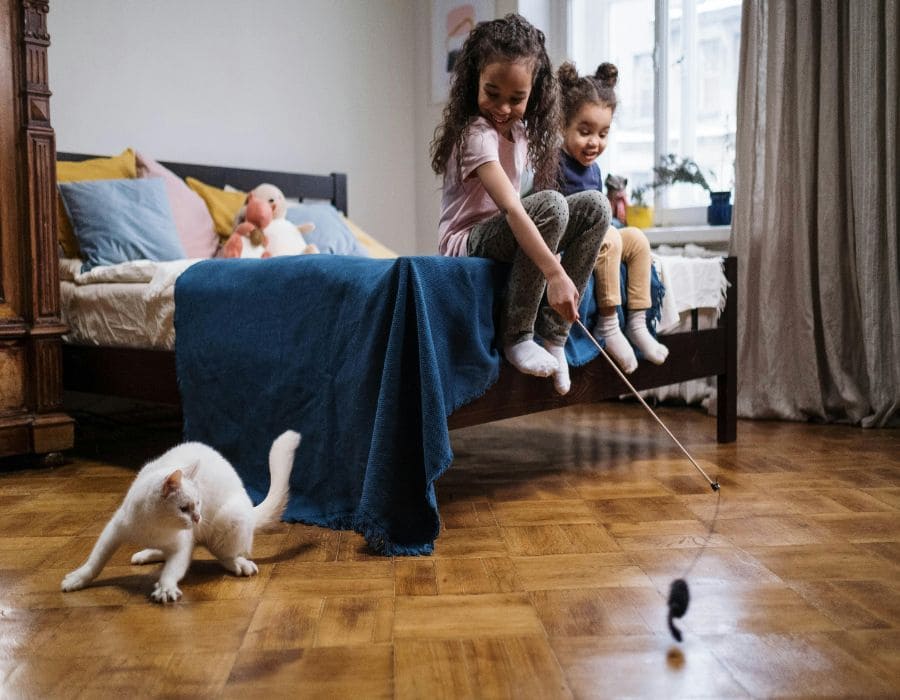
A toy on a string isn’t just fun—it’s therapy. Slow, deliberate movements that mimic hunting help them tap into natural instincts, reducing anxiety and helping them feel more in control of their world.
Give them windows—but no surprises
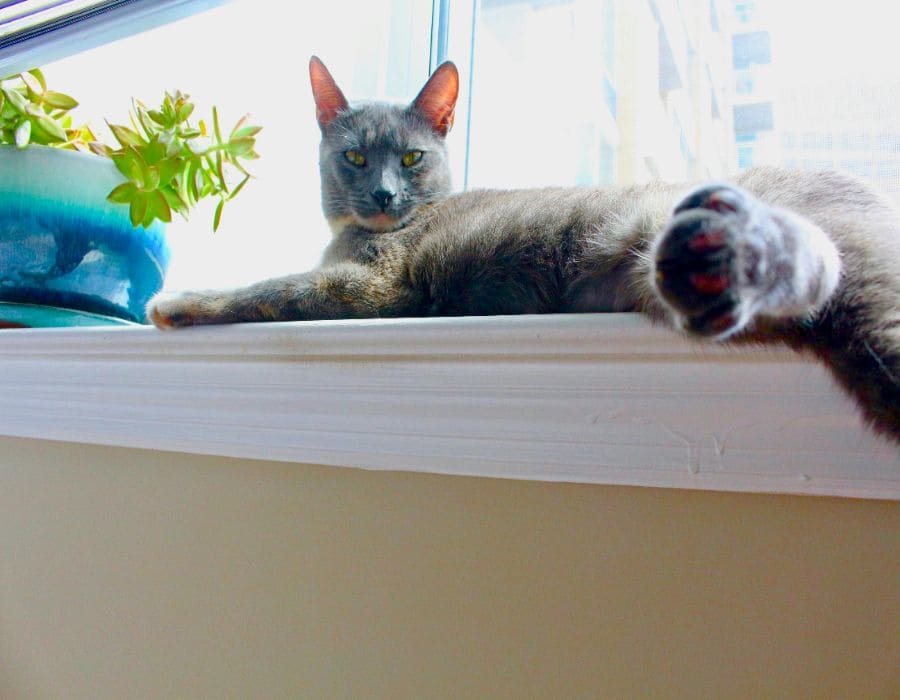
Place their safe zone near a window so they can watch birds or sunlight flicker, but keep curtains drawn at night. Reflections or outside movement after dark can spook a recovering cat all over again.
Avoid petting

Don’t rush to pet a cat that’s been through trauma. Instead, offer a finger at their nose level and let them choose contact. If they head-bump or sniff, that’s consent. If they turn away, respect it.
Rub a blanket with other pets’ scent beforehand

If you have other animals, rub a soft cloth on them and leave it near the traumatized cat’s space. It helps them gradually learn the smell of new friends without face-to-face pressure or fights.
Play classical or soft ambient sounds

Classical music or ambient soundscapes with natural tones can reduce feline stress. Avoid upbeat pop or talk radio. Even rescue shelters use calming music to help cats settle after trauma or surgery.
Let them sleep near you, not with you
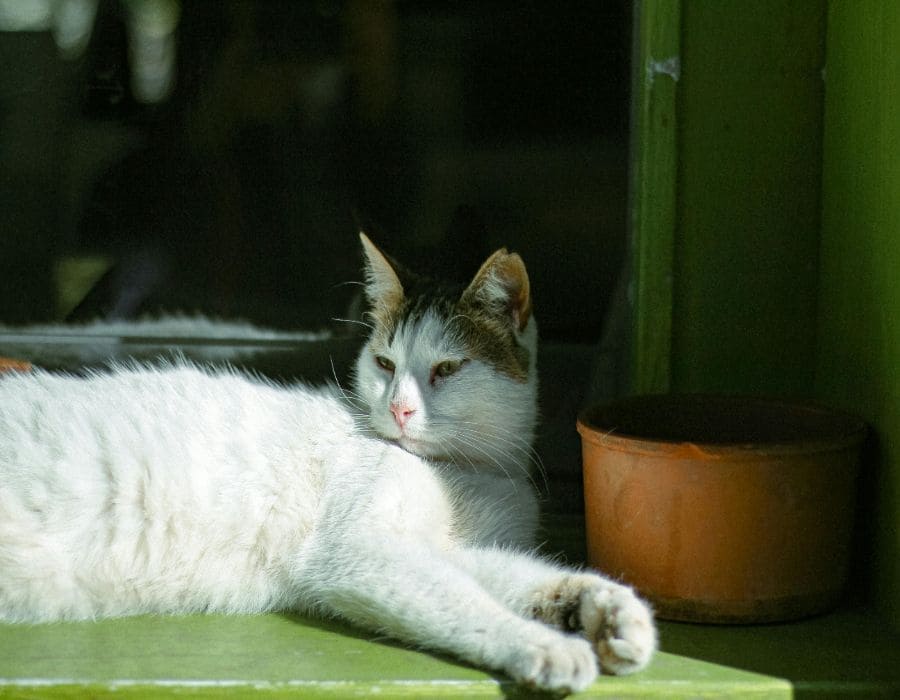
If they approach you at night, place a blanket near your bed instead of inviting them under the covers. Being close builds trust, but forced cuddling can break it just as fast.
Final Thoughts

A cat’s healing journey after trauma is quiet, subtle, and deeply personal. It’s not about fixing them—it’s about showing up, staying calm, and letting them choose connection in their own time. When they do? It’s magic.

